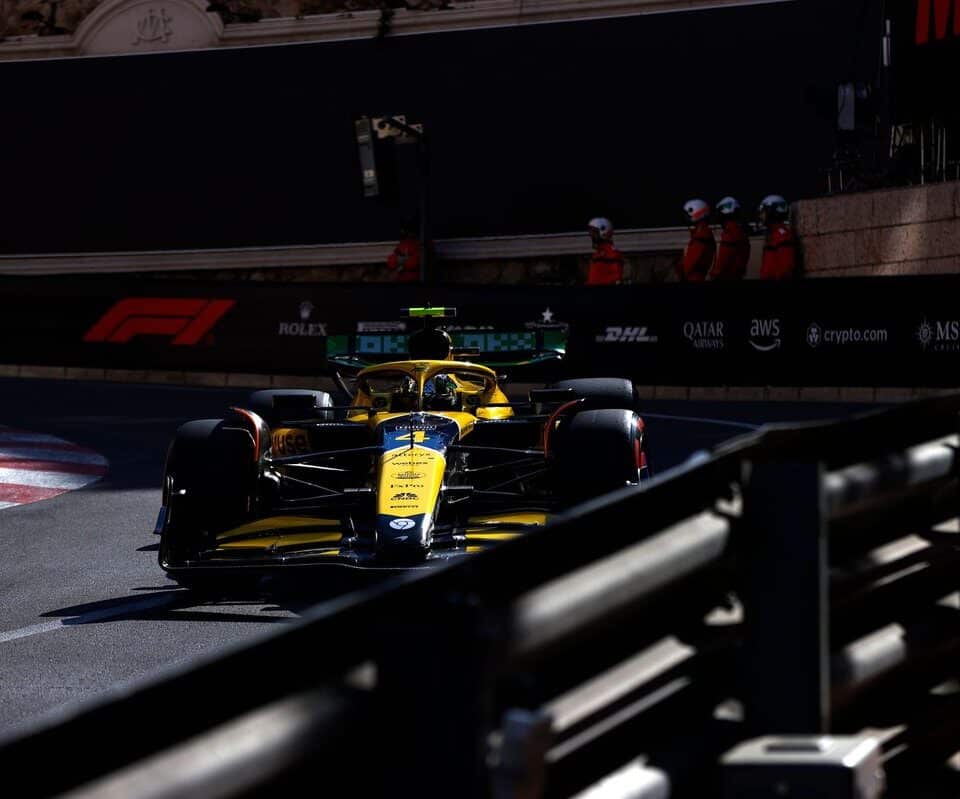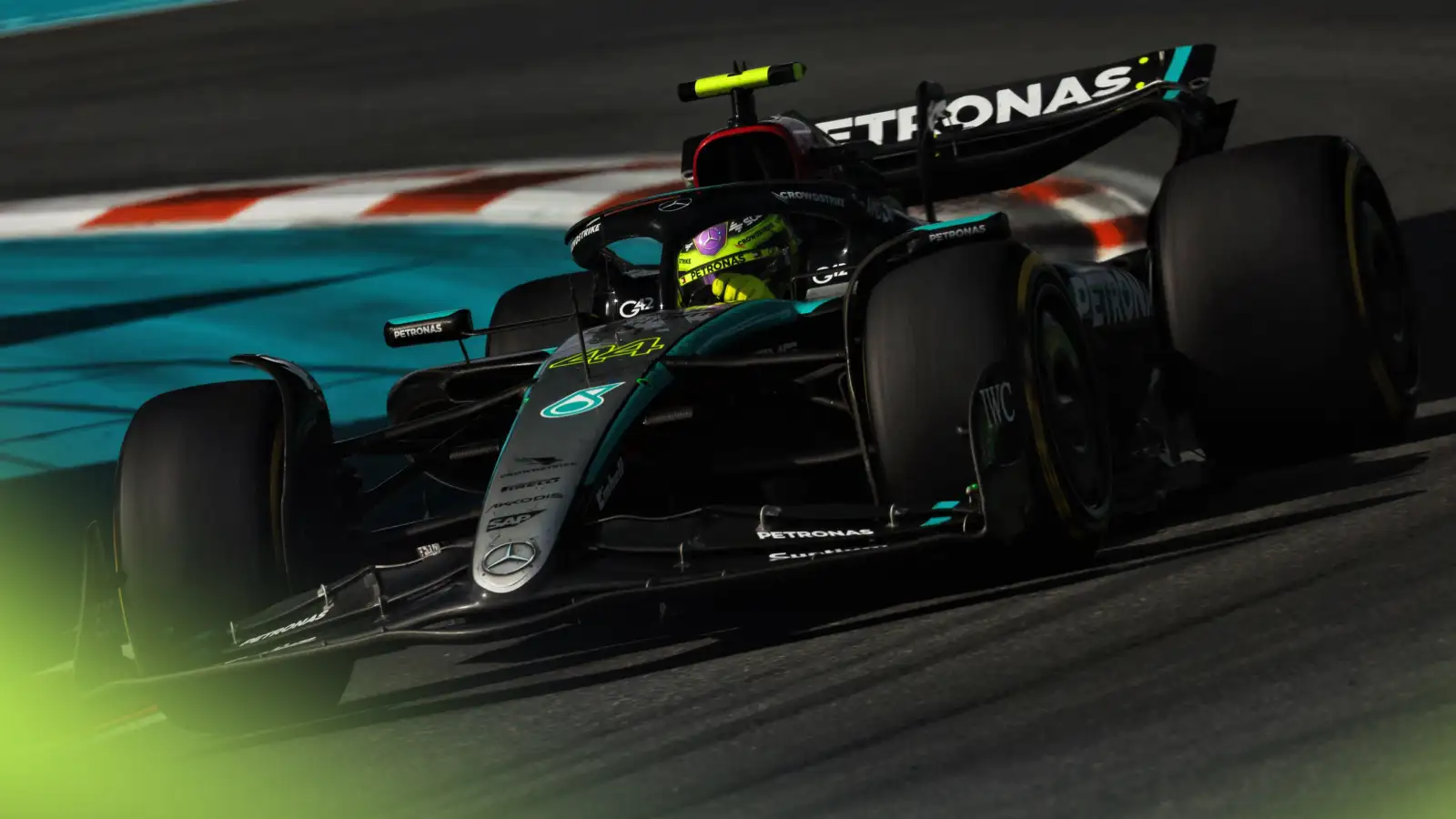McLaren is gearing up for a significant test at this weekend’s Canadian Grand Prix, facing a challenge that could determine whether they’ve addressed their car’s long-standing issues.
For years, McLaren has battled with grip in long, low-speed corners and a lack of aerodynamic efficiency, which has affected its top speeds. Their much-celebrated upgrades in Austria and Singapore last year improved performance through high-speed sections, making McLaren arguably the second-best car on high-speed circuits like Qatar. However, their low-speed cornering struggles persisted until their first upgrade package in Miami, where Lando Norris secured his first grand prix victory.
In Miami, with Norris receiving the full upgrade package and Oscar Piastri only half, McLaren excelled in high-downforce corners while Ferrari remained dominant in slow corners. This trend was noticeable in Imola, where Ferrari’s Carlos Sainz was fastest out of the corners, although both he and Charles Leclerc lost significant time on the straights to Red Bull and McLaren due to a flawed energy deployment strategy.
Curiously, despite Ferrari’s prowess on the straights and through Monaco’s Tabac, the McLarens performed admirably in some of Monaco’s low-speed sections, surpassing polesitter Leclerc through the hairpin and the chicane. Team principal Andrea Stella remarked, “It looks like the car we took to Miami behaves well in low speed, almost beyond what was our expectation.” He added that while Monaco’s first sector, a medium- to high-speed sector, was challenging, the car showed promise in low-speed areas.
This weekend’s Canadian Grand Prix will serve as a crucial test for McLaren. The Circuit Gilles Villeneuve, with numerous chicanes and long hairpins, will emphasize the areas where McLaren has historically struggled. Norris expressed caution about the team’s prospects in Canada, acknowledging that Ferrari’s car, which excels in high traction and ride compliance, might have the edge.
“Our car has performed well at a few different types of circuits, but we know we might have our work cut out in Canada,” Norris said. “Our competitors are likely to be strong here.”
Stella also noted that McLaren still has work to do over kerbs and bumps, even if the resurfaced Montreal circuit should be slightly smoother. He stated, “We are not entirely satisfied with the behavior on kerbs, on bumps. It will require some more fundamental development rather than simply adaptation of what we have available now in the car.”
Despite this, Stella is confident that McLaren hasn’t compromised their high-downforce performance to improve low-speed handling. He emphasized, “It’s an objective of our development to make sure we don’t compromise some strengths of the car because we’re chasing some other features. This isn’t possible all the time but ultimately this is part of the quality of the development that each team carries out.”
The upcoming races in Barcelona and Spielberg will be another benchmark to see if McLaren can maintain their highs while addressing their lows. Last year, the Canadian Grand Prix marked the end of the ‘old’ McLaren as they introduced significant upgrades afterward. Norris finished ninth then, a scenario that seems unlikely now given the team’s progress. This weekend will reveal if McLaren has truly developed an all-around package.
This weekend’s race will be a litmus test for McLaren. As they navigate one of their historically weakest circuits, the performance in Canada will reveal if they have indeed conquered their low-speed cornering issues without sacrificing their high-speed strengths.
Source: Motorsport










